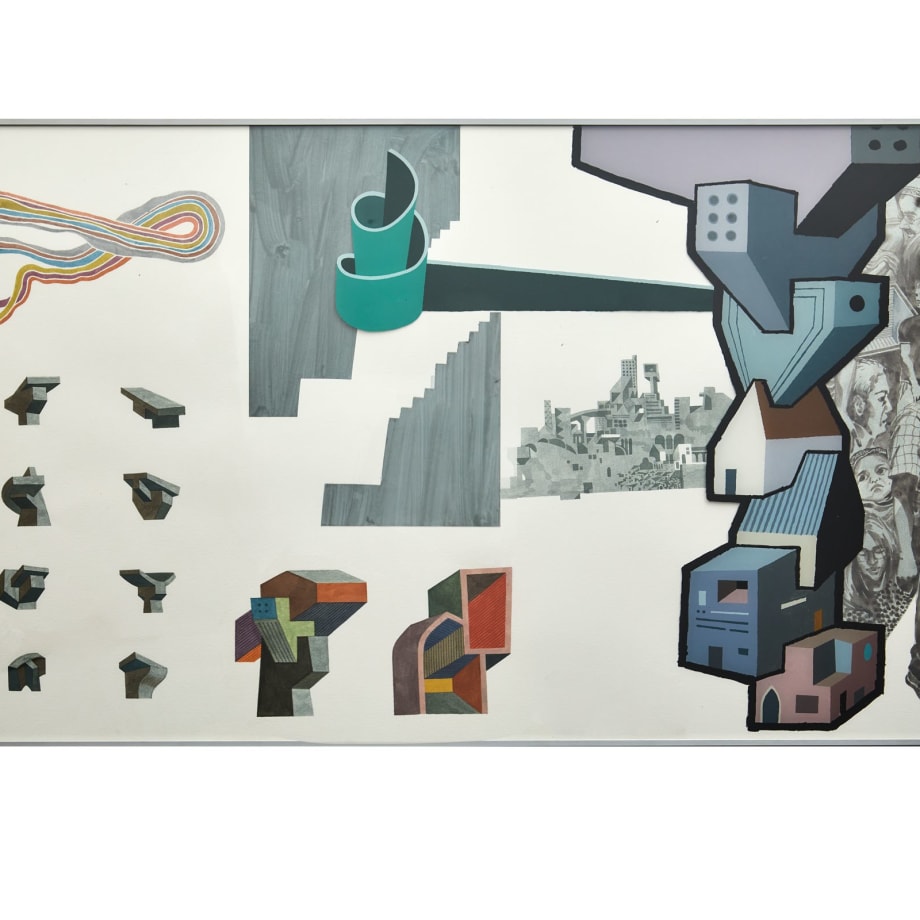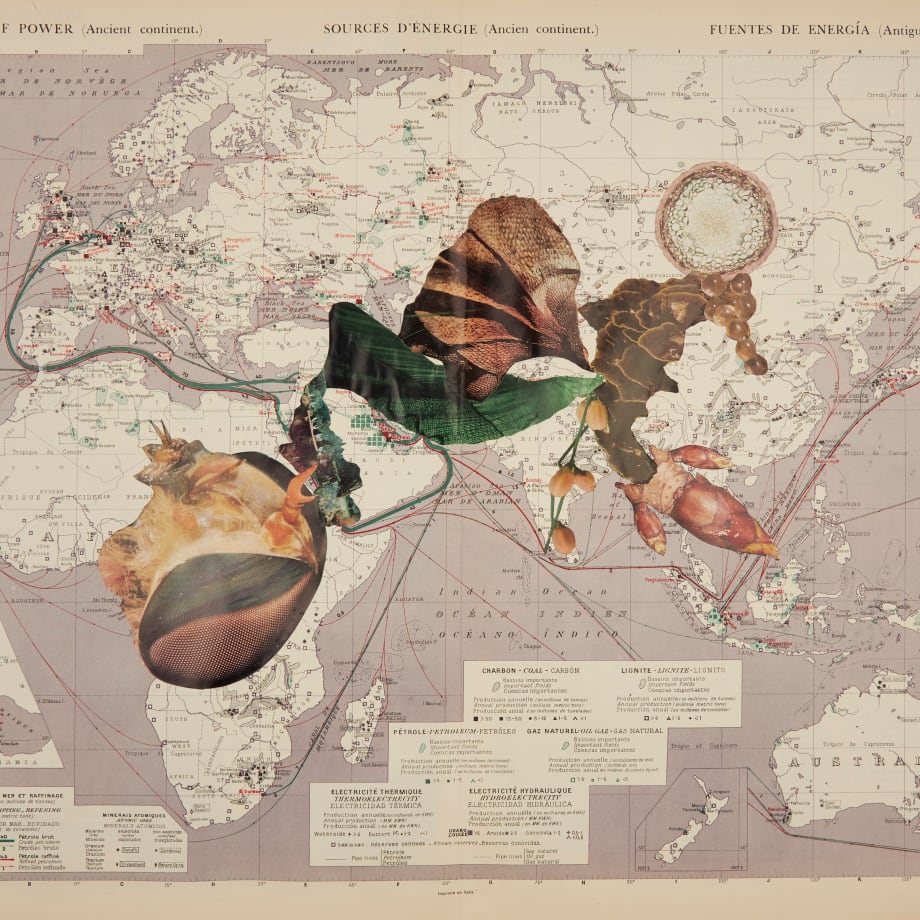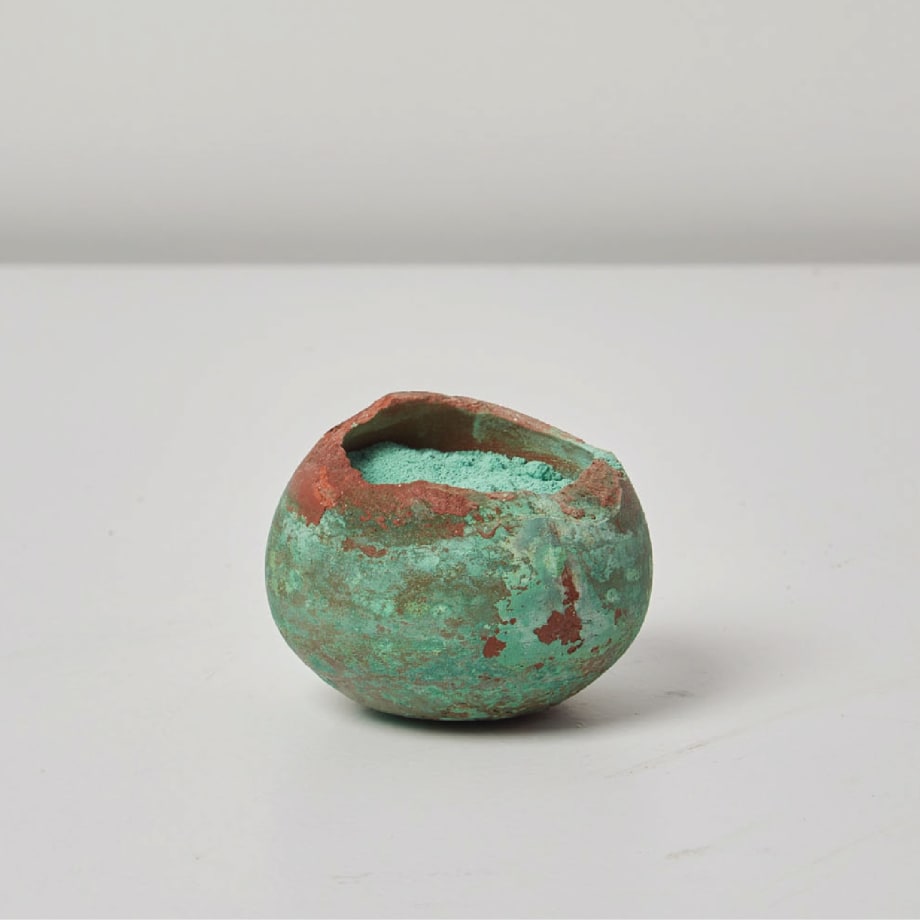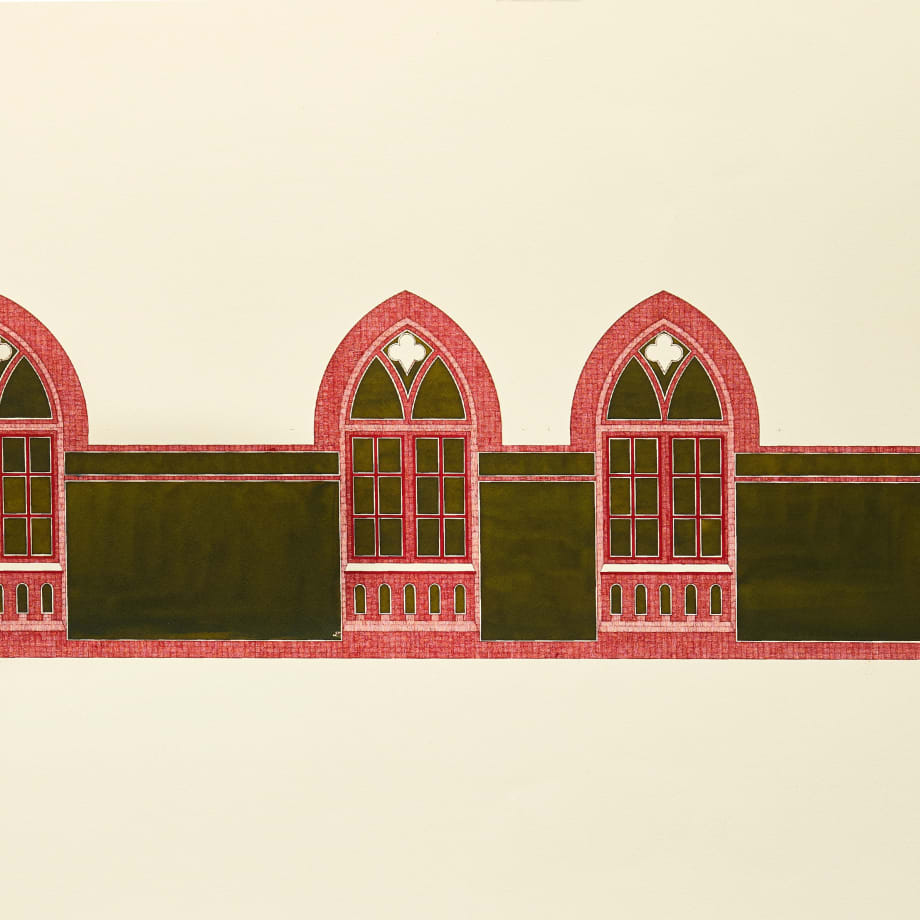TARQ’s presentation at the fifteenth edition of India Art Fair brings together an investigative selection of ten artists, each delving into their unique observations and perspectives on the spaces they occupy. Probing ideas of space and material memory, the artists observe the implications of architecture, express their concerns and sensitivity towards the human affects on ecologies, histories and identities.
Artists Pratap Morey, Vishwa Shroff, Sameer Kulavoor, and Amba Sayal-Bennett observe the implications of urban architecture often quoting, fragmenting, and abstracting forms as an exercise of their observations. Morey reflects on the atmosphere of disorientation and uncertainty lent by mega construction projects, while Shroff's 'Peaks' looks at the window as a framing device. Kulavoor's new works from the 'Dense City' series portrays urban space transformation through reverse painting. Composed with devices such as 3D printers, Sayal-Bennett's sculptural works highlight the translation of virtual to physical.
Pertinent concerns and sensitivity towards the human affects on ecologies are further highlighted in the works by Apnavi Makanji, Nibha Sikander, and Savia Mahajan. Makanji's 'Appropriation Disinformation: Nature and the Body Politic' is a series of collages that incorporate archival maps and question the violence inflicted on the environment by imperial practices. Sikander documents the biodiversity of her home in Murud-Janjira by assessing details of moths and butterflies of the region. Finally, Mahajan's experimentation with materiality continues in her observations on nature and geography, such as the layers of Earth’s strata.
Gleaning meaningful archives, Saju Kunhan, Parag Tandel and Areez Katki probe discussions around history and culture. Questions of belonging, displacement and migration arise on observing Kunhan's wooden panels, composed meticulously of figures and vintage maps. Parag Tandel evokes the imperative attempt of archiving cultural identifiers through not only motifs but through a collaboration with Bhupen Jaidev Baghel, learning traditional craft cultures like the Dokra technique of metal casting. Areez Katki's work employs the Zoroastrian tōran beadwork technique that the artist has inherited from his maternal great-grandmother and is composed of fragments and references that aim to retrieve lost, excavated, and in some cases stolen, ephemera that now lives primarily behind glass cases in European museums.













